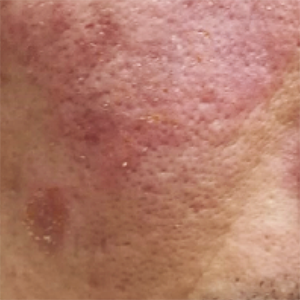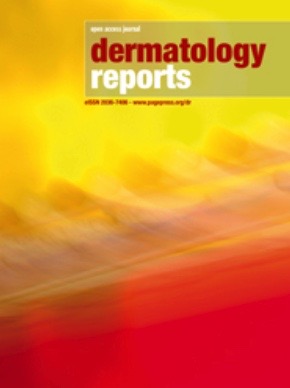Demodex: the worst enemies are the ones that used to be friends

All claims expressed in this article are solely those of the authors and do not necessarily represent those of their affiliated organizations, or those of the publisher, the editors and the reviewers. Any product that may be evaluated in this article or claim that may be made by its manufacturer is not guaranteed or endorsed by the publisher.
Authors
Demodex mites are common ectoparasites of the human pilosebaceous units. Most adults are infested with Demodex mites without clinical symptoms. Demodex mite will only become a pathogenic organism when there is an abnormal increase in the number of Demodex mite density. This situation happens when the equilibrium between Demodex mites, skin microenvironment and human immunity system changes. Demodex infestation can cause multiple skin disorders, which are grouped under the term demodicosis or demodicidosis. Clinical manifestations of demodicosis can mimic other known skin diseases such as folliculitis, rosacea, perioral dermatitis, which is why it is often misdiagnosed. Diagnosis criteria consists of relevant correlation of suspected clinical skin lesions, confirmed by the presence of abnormal proliferation of Demodex mites and by clinical cure after acaricidal treatment together with normalization of Demodex mite density. Dermatologists should be aware that demodicosis is not an uncommon skin disease, and there are still many unknowns about it that should be researched further.
How to Cite

This work is licensed under a Creative Commons Attribution-NonCommercial 4.0 International License.








